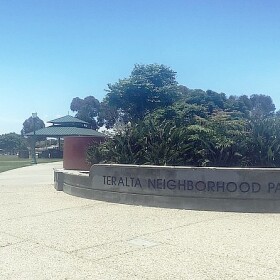Advocates for seniors are optimistic about California Gov. Gavin Newsom’s order to create a master plan on aging by October 2020.
But they hope the elderly’s most pressing needs aren’t ignored in the interim.
“It’s an incredible opportunity we have over the next 18 months to be planning, as part of the master plan on aging, for the needs of seniors in our state,” said Kevin Prindiville, executive director of the advocacy group Justice in Aging. “But while we plan, we also need to be working with the governor and the legislature to make sure that we make the investments that need to be made now, so that we’re meeting the needs of the state’s seniors.”
He’d like to see more immediate funding for senior healthcare and long-term care costs.
Prindiville is heartened the new state budget includes an expansion of Medi-Cal eligibility for seniors.
California’s senior population is expected to reach 9 million by 2030, according to state projections.
RELATED: California is getting older
Experts on aging say the reality is nearly half of the state’s elderly currently can’t pay for basic needs. In some parts of the state, seniors are the fastest growing segment of the homeless population.
More than 900,000 seniors in the state are looking for work, according to the U.S. Census Bureau. The governor says the state has a caregiver shortage for the elderly and must also address transportation for seniors who are “bedlocked.”
Newsom wants a master plan on aging to address public services, housing, transportation and in-home care for California’s elderly. He has ordered a work group to advise on development of the final document.
“We need a plan that brings everyone to the table – local communities, labor, private sector and philanthropy – to help us understand what’s coming and guide us toward taking better care of older Californians,” Newsom said.
The governor’s order to create the master plan has generated praise among people who work with the state’s seniors.
“I think we need to give real kudos to the governor,” said Paul Downey, president and chief executive officer of Serving Seniors in San Diego. “He is following through on a major campaign commitment.
“He’s doing something that very few other states are doing and that’s taking a realistic look at the impacts of aging in terms of policy and service provision in the state,” Downey said.







